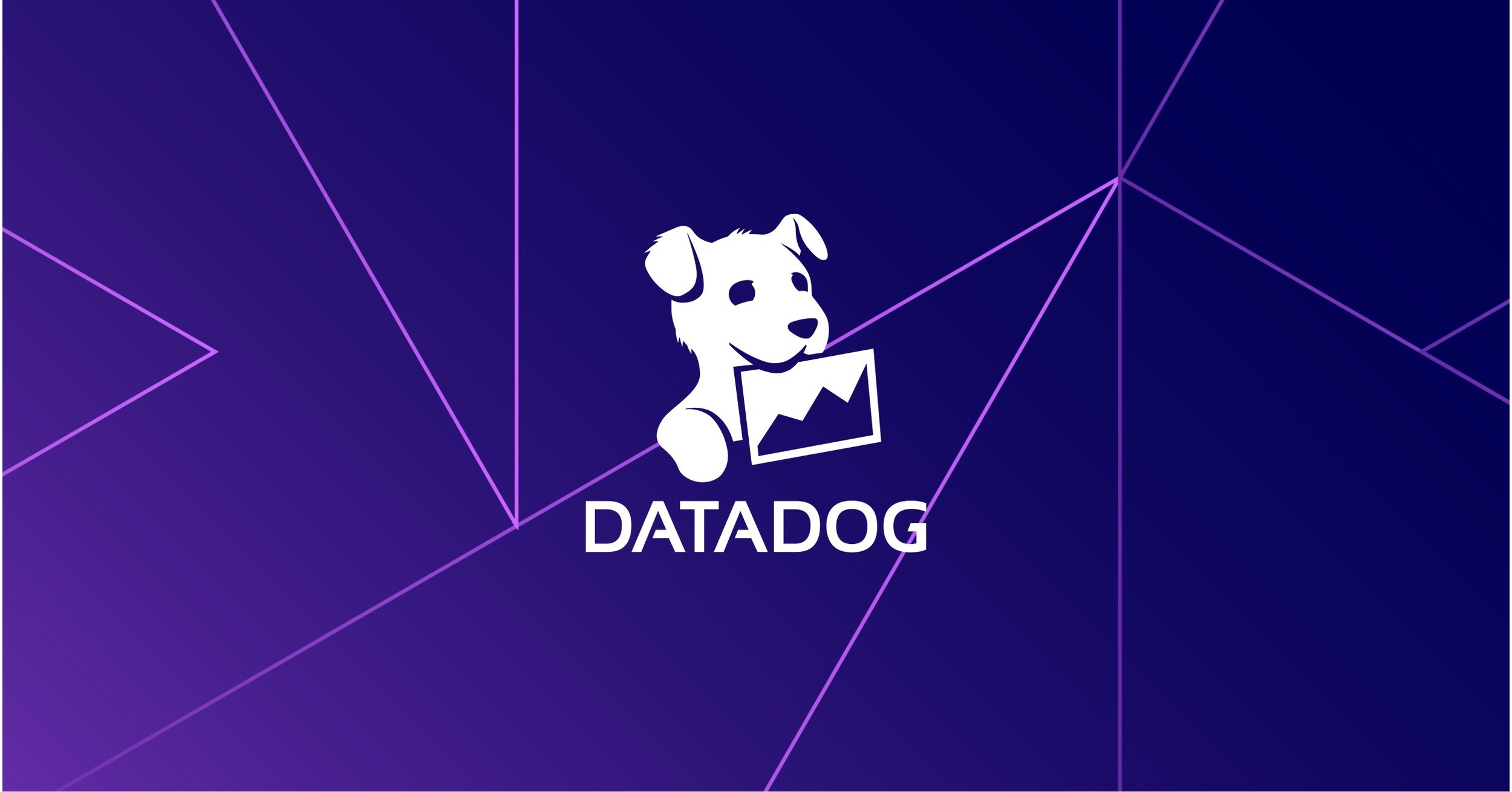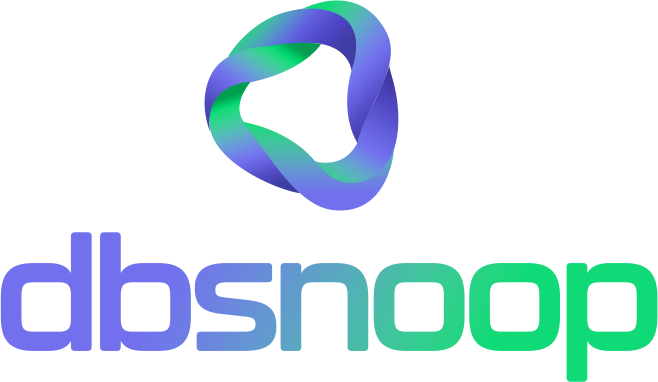
Datadog is a leading platform in the market for monitoring and observability of infrastructure, applications, and cloud services. With a wide range of features, it helps companies of all sizes track, analyze, and optimize the performance of their systems, from servers and networks to complex web applications. In this article, we will explore what it is, how it works, and how it can be an essential tool for managing modern IT environments.
What is Datadog?
Datadog is a SaaS (Software as a Service) solution that enables real-time monitoring of various IT infrastructure components. It provides metrics, logs, and request tracing to help DevOps teams, software engineers, and system administrators quickly identify and fix issues.
Key Features:
- Infrastructure Monitoring: Track the real-time performance of servers, networks, and databases.
- Logs: Collect and centralize logs from different sources for easier analysis and troubleshooting.
- Application Performance Monitoring (APM): Trace application performance, identifying bottlenecks and areas for improvement.
- Container and Kubernetes Monitoring: Get detailed insights into the performance of containers and Kubernetes clusters.
- Alerts and Notifications: Configure customizable alerts to notify you when critical metrics hit predefined thresholds.
- Custom Dashboards: Create visual dashboards to help analyze data and track real-time metrics.
- Cloud Service Integration: Easily integrates with cloud providers like AWS, Google Cloud, and Microsoft Azure.
Why Use Datadog?
- Complete Visibility: Datadog offers centralized visibility into the entire infrastructure, making it easier to detect problems.
- Reduce MTTR (Mean Time to Resolution): With real-time alerts and precise diagnostics, issues are resolved faster, minimizing downtime.
- Scalability: Designed to handle large volumes of data, Datadog scales to meet the needs of both small businesses and large corporations.
- Automation and AI: Leverages AI to predict failures and automate corrective actions, improving IT team efficiency.
- Compliance and Security: Provides features that help ensure compliance with security and privacy regulations like GDPR.
How Does Datadog Work?
Datadog collects data through agents installed on servers, applications, or cloud services. These agents send data to the platform in real-time, which is then processed, stored, and analyzed. The Datadog interface allows you to create dashboards and configure alerts to monitor important events such as CPU usage spikes or application failures.
Integrations and API
One of Datadog’s standout features is its ability to integrate with other tools and platforms. It offers over 400 ready-to-use integrations with popular solutions such as:
- AWS, Google Cloud, and Microsoft Azure
- Docker and Kubernetes
- Slack, PagerDuty, and Opsgenie
- Jenkins, GitHub, and Bitbucket
Additionally, Datadog has a robust API that allows for customization and process automation, making the platform highly adaptable to different IT environments.
Competitive Advantages of Datadog:
- Easy Implementation: Installing agents and initial setup is simple, allowing for quick deployment.
- Intuitive Interface: Designed to simplify dashboard creation, data visualization, and alert configuration.
- Community and Support: Datadog has a broad user community with plenty of documentation, forums, and official support resources.
Who Should Use Datadog?
It is ideal for companies of all sizes needing a robust monitoring solution for their systems and applications. It is widely used by:
- DevOps Teams: Monitoring complex environments with multiple services and microservices.
- Startups and SMEs: Seeking a scalable solution without high infrastructure costs.
- Large Corporations: Managing multi-cloud environments, ensuring performance and security at a global scale.
Datadog is a powerful and comprehensive platform for infrastructure and application monitoring and observability. With its robust integrations, scalability, and ease of use, it has become a popular choice for companies seeking to improve the performance and security of their IT systems. However, it’s important to note that its pricing model may not be favorable for organizations with budget constraints, as the number of hosts, containers, and data volume can drive up costs.
Discover Flightdeck: our affordable, intelligent, and customizable alternative for monitoring and observability of databases and infrastructure.
Give it a try for 14 days, no burocracy, no credit card
Learn more about Flightdeck!


